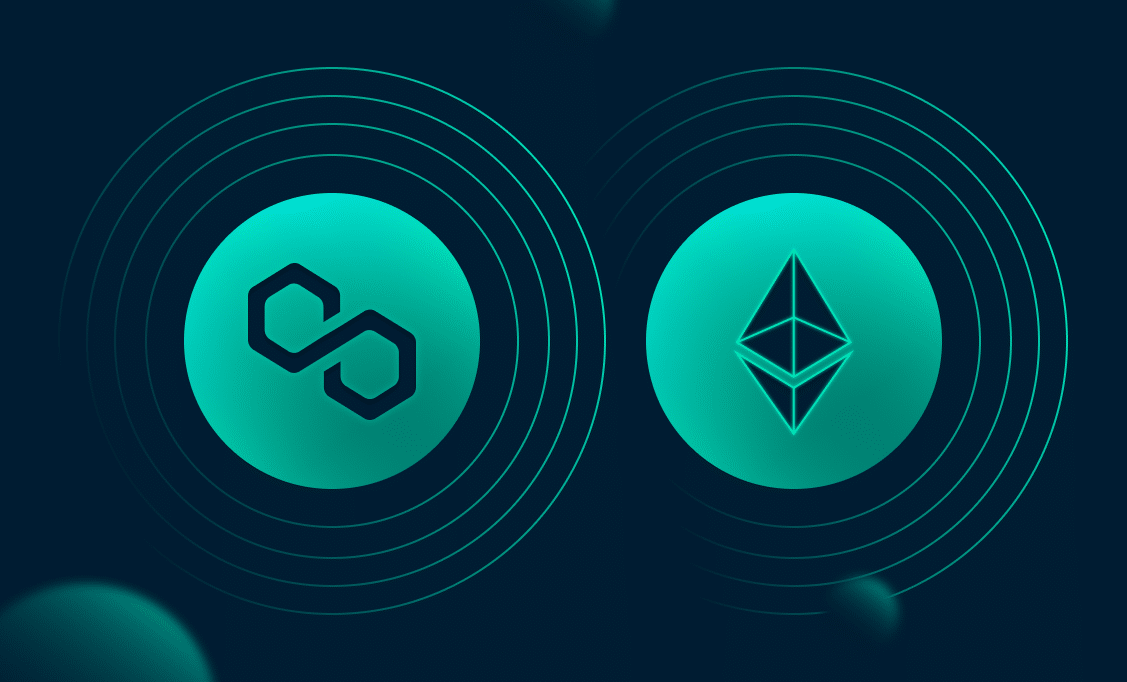Hold on to your hats, crypto enthusiasts! We’ve got a major shift happening in the Ethereum ecosystem. For a brief but significant moment, Polygon, the layer-2 scaling solution, actually saw more daily active unique addresses than the mighty Ethereum itself! Let’s dive into what this means and why it’s such a big deal for the future of crypto.
You might be wondering, what exactly does it mean for Polygon to ‘overtake’ Ethereum? Well, it’s like this: imagine Ethereum as a bustling main highway, sometimes congested and expensive to travel on. Polygon is like building a faster, cheaper express lane right next to it. And recently, more people have been using that express lane!
Polygon Overtakes Ethereum: A Closer Look at the Numbers
This isn’t just hype; the data backs it up. Around September 27th, Polygon recorded a whopping 351,000 daily active addresses, while Ethereum clocked in at 326,000. Think about that for a second – a scaling solution temporarily outshining the very network it’s designed to support!
Here’s a quick snapshot of the daily active address surge on Polygon:
- September 20th: Active addresses started to climb.
- September 27th: Peaked at 426,586 active addresses.
- September 28th: Slight dip to 385,740, but still strong.
Ethereum, on the other hand, wasn’t far behind. By September 29th, Ethereum’s daily active addresses rebounded to 457,402, showing that both networks are buzzing with activity. It’s a close race, folks!
But here’s the really interesting part: over the past three months, Polygon’s active addresses have exploded by a massive 330%! Meanwhile, Ethereum saw a 12% decrease in the same metric. This clearly signals a significant shift in user behavior and network preference.
Extremely Rapid Growth: Why is Polygon Booming?
Polygon’s growth story is nothing short of remarkable. Launched as Matic Network and rebranding to Polygon only in February, it’s quickly catching up to Ethereum in terms of total unique addresses. As of September 29th, Ethereum boasts 170.8 million cumulative unique addresses, while Polygon isn’t far behind with 89 million. Consider the timeline – Polygon’s growth is happening at warp speed!
One of the key drivers? Transactions! Polygon is handling way more transactions than Ethereum layer one. On September 29th, Polygon processed 5.7 million transactions compared to Ethereum’s 1.1 million. Why this huge difference?
The answer is simple: Ethereum’s dreaded gas fees. These fees have been notoriously high, especially for smaller transactions, making everyday crypto activities expensive. Polygon offers a haven with significantly lower fees, attracting users seeking cost-effective alternatives.
Let’s break down the transaction volume comparison:
| Network | Transactions (September 29th) |
|---|---|
| Polygon | 5.7 Million |
| Ethereum Layer 1 | 1.1 Million |
And it’s not just about transactions. DeFi is flourishing on Polygon. Currently, around $4.81 billion is locked in DeFi protocols on Polygon, according to DeFiLlama. While this is down from a peak in June, it’s still a massive amount. Leading the charge is Aave, a popular lending platform, holding a significant $1.77 billion TVL on Polygon.
Ethereum Costs Rise Again: Fueling the Polygon Fire
Just when you thought Ethereum gas fees might stabilize, they’ve started climbing again. This resurgence in fees is directly contributing to the surge in activity on layer-2 solutions like Polygon. As of recent data, the average transaction fee on Ethereum is around $23! And for complex actions like swapping tokens on decentralized exchanges (DEXs) or interacting with smart contracts? You could be looking at gas fees upwards of $66!
This cost barrier is pushing users towards more affordable options, and Polygon is perfectly positioned to capitalize. It’s providing a seamless and cost-effective way to access the world of DeFi and crypto applications.
Adding to the momentum, even big names are noticing Polygon. Billionaire investor Mark Cuban famously added Polygon to his portfolio earlier this year, giving the project a huge stamp of approval. And the price of Polygon’s native token, MATIC, reflects this growing interest, currently hovering around $1.14.
Key Takeaway: Polygon’s temporary overtaking of Ethereum in daily active addresses is a powerful signal. It highlights the increasing demand for scalable and affordable blockchain solutions. While Ethereum remains the dominant force, Polygon is proving itself as a serious contender and a vital part of the Ethereum ecosystem. As Ethereum 2.0 and further scaling solutions evolve, the interplay between layer-1 and layer-2 networks like Polygon will be crucial to watch.
Want to dive deeper? Check out this related article: EY has chosen Polygon to help scale its corporate blockchain products on Ethereum
Disclaimer: The information provided is not trading advice, Bitcoinworld.co.in holds no liability for any investments made based on the information provided on this page. We strongly recommend independent research and/or consultation with a qualified professional before making any investment decisions.


